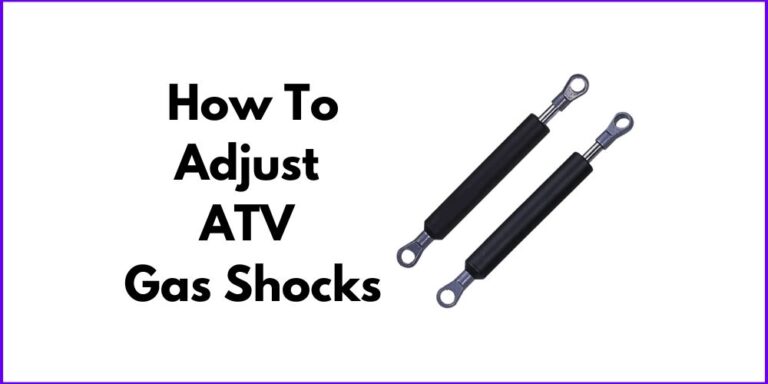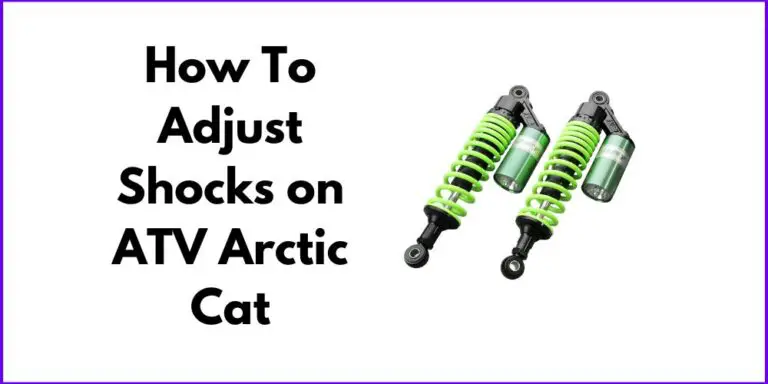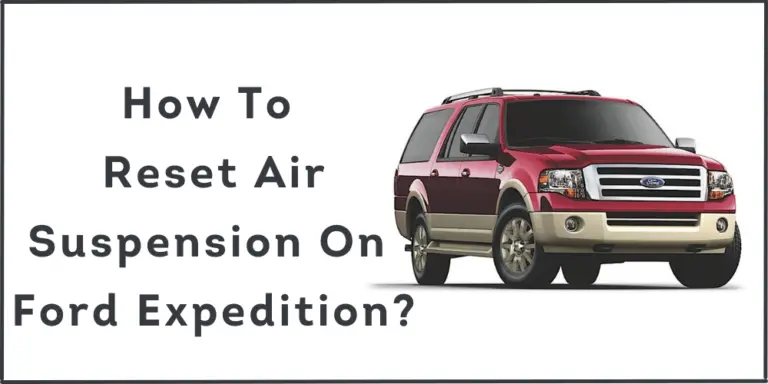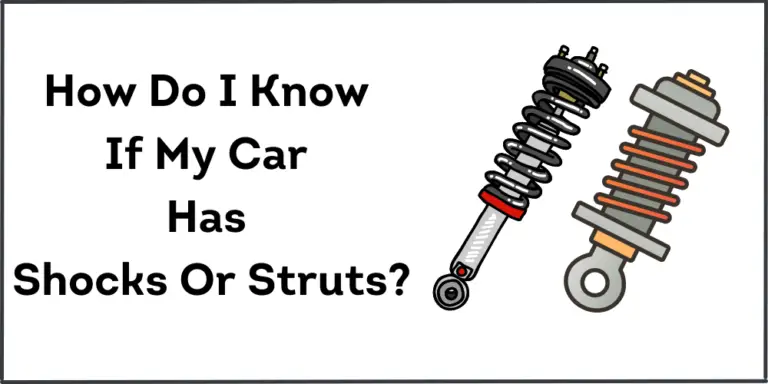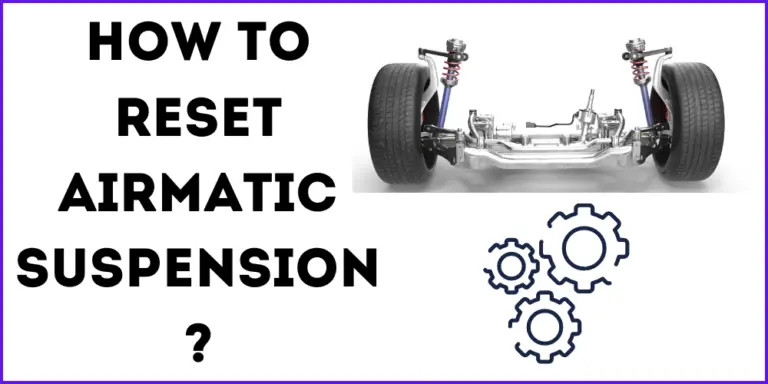Houdaille shock absorbers were a popular brand of shock absorbers during the 1950s and 1960s. They were known for their durability and high-quality construction. Houdaille shock absorbers were often found on muscle cars and other high-performance vehicles of the era.
Shock absorbers play a crucial role in the overall handling and performance of a vehicle. They help to dampen vibrations and keep the vehicle’s wheels in contact with the road surface. Over time, shock absorbers can become dirty and clogged with debris, which can reduce their effectiveness. Regular cleaning and maintenance can help to keep them in top condition, ensuring a smooth and safe ride.
How To Clean Houdaille Shock Absorbers?
Materials needed
List of materials needed to clean shock absorbers:
- Degreaser
- Brush (wire or nylon)
- Rags or paper towels
- Lubricant
- Socket wrench or pliers (if needed to remove the shock absorber from the vehicle)
- Optional: protective gear like Gloves, Eye protection
Preparing the Shock Absorber
Removing the Shock Absorber from the Vehicle:
To remove the shock absorber, you will first need to lift the vehicle and support it securely on jack stands or a lift. Then, locate the shock absorber, which will typically be located near the wheel of the vehicle. Before removing the shock absorber, be sure to loosen any fasteners or bolts that may be holding it in place using the appropriate tools such as socket wrench or pliers, and take note of how the shock absorber is connected to the vehicle. Once the shock absorber is disconnected, carefully remove it from the vehicle.
Preparing the Work Area
Before beginning the cleaning process, you should prepare your work area. This may include covering the ground with a drop cloth or old sheet to protect against any spills or drips, and setting up a work light or flashlight if you’ll be working in a dimly lit area.
Also, Make sure you have all your materials ready, including degreaser, brush, rags, lubricant, etc. It is also important to wear safety gear like gloves, and eye protection.
Cleaning the Shock Absorber
Step 1: Use a Degreaser to Remove Dirt and Grime
- Fill a bucket or container with a degreaser.
- Use a stiff-bristled brush to scrub the shock absorbers, paying special attention to areas that are particularly dirty or greasy.
Step 2: Scrubbing the Shock Absorber with a Brush
- Scrub the shock absorber with a brush with stiff bristles, making sure to reach all areas of the shock absorber.
- Pay special attention to hard-to-reach areas, making sure that all debris is removed.
Maintaining the Shock Absorber
Lubricating Moving Parts: After cleaning the shock absorbers it’s important to lubricate the moving parts to prevent rust and to ensure smooth operation. You can use a lubricant that is suitable for your shock absorbers, and use it to lubricate the shaft, bushings, and any other visible moving parts.
Inspecting the Shock Absorber for Damage or Wear: Before reassembling the shock absorber, you should inspect it for any damage or wear. Look for any leaks, dents, cracks, or other damage that may have occurred during the operation. If you notice any issues, the shock absorber may need to be replaced.
Reinstalling the Shock Absorber
Installing the Shock Absorber Back on the Vehicle: Once the shock absorber has been cleaned, lubricated, and inspected, you can reassemble it by installing it back on the vehicle, following the instructions on your vehicle’s manual and also making sure that you properly torqued any bolts to the manufacturer recommended values.
Testing the Vehicle’s Handling: After the shock absorbers have been reinstalled, it’s important to test the vehicle’s handling. Take it for a test drive and pay attention to how the vehicle handles, especially on bumpy roads. Check the alignment and ensure the vehicle handles as expected.
Importance of Maintaining and Cleaning Shock Absorbers
The importance of maintaining and cleaning shock absorbers can be summarized as follows:
- Shock absorbers play a crucial role in the overall handling and performance of a vehicle. They are designed to dampen vibrations and keep the vehicle’s wheels in contact with the road surface.
- Over time, shock absorbers can become dirty and clogged with debris, which can reduce their effectiveness. This can cause poor handling, an uncomfortable ride, and even damage to other vehicle components.
- Regular cleaning and maintenance can help to keep shock absorbers in top condition, which ensures a smooth and safe ride. Cleaning helps to remove debris and grime that can impede the movement of the internal parts, and lubrication keeps those parts moving smoothly.
- Inspecting and maintaining the shock absorbers also can detect any wear or damage and prevent further issues or possible accidents.
- By properly maintaining and cleaning shock absorbers, you can extend their lifespan and keep your vehicle running safely and efficiently.
FAQs
Which oil is best for a shock absorber?
The oil used in a shock absorber is a special hydraulic fluid specifically formulated for use in shocks and struts. The best oil for a shock absorber is typically one that is recommended by the manufacturer or specifically designed for use in shocks. Some popular options include silicone-based oil and synthetic oil, which are known for their ability to withstand high temperatures and pressure.
What are the signs of worn shock absorbers?
Some signs of worn shock absorbers include poor handling, bounciness while driving, excessive vehicle sway, uneven tire wear, and a rough or uncomfortable ride. Also, a vehicle that “nose dives” when braking or “rears up” when accelerating could be a sign of worn shocks.
What can damage shock absorbers?
Some things that can damage shock absorbers include exposure to extreme temperatures, exposure to salt or other corrosive materials, and driving on rough or uneven roads. Improper alignment can also cause damage to the shock absorbers.
Can shock absorbers be reconditioned?
Shock absorbers can be reconditioned or rebuilt, but it depends on the severity of wear or damage. The process of reconditioning a shock absorber involves disassembling it, inspecting and replacing worn or damaged parts, and then reassembling it. This is typically a service offered by specialized repair shops. In some cases, it might be more cost-effective to replace the shock absorber instead of reconditioning it.


